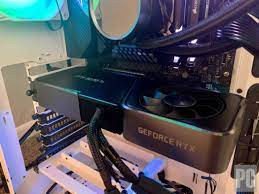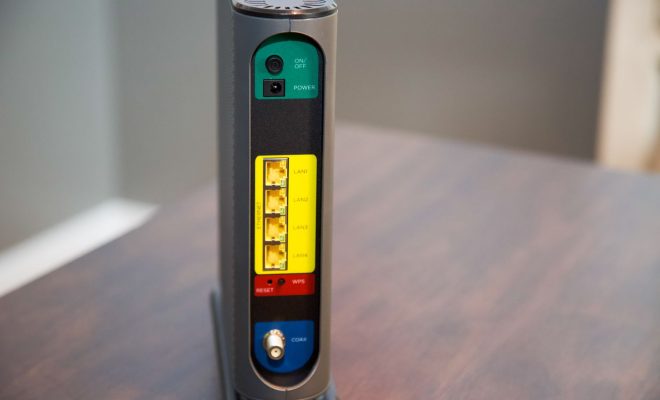Which GPU Should You Choose? Nvidia RTX 2070S vs. RTX 3070

When it comes to choosing a GPU for your gaming PC, there are a lot of options available in the market. But the latest buzz is around Nvidia’s new lineup of RTX 30-series cards that offer a significant improvement over the previous generation in terms of performance and efficiency. In this article, we’ll be comparing two popular models from this series – the Nvidia RTX 2070S and the RTX 3070 – and help you decide which one to choose.
Performance
The Nvidia RTX 2070S, released in mid-2019, was one of the most powerful GPUs available at the time. It comes with 8GB of GDDR6 memory and 2560 CUDA cores, delivering an impressive 9.062 teraflops of power. However, it falls behind when compared to the RTX 3070, which has 5888 CUDA cores, 8 GB of GDDR6 memory running at 16 Gbps, and a boost clock of 1730 MHz. The RTX 3070 delivers up to twice the performance of the RTX 2070S, making it ideal for gaming at 1440p and 4K resolutions.
Ray Tracing and DLSS
One of the most significant selling points of the RTX 30-series cards is their ray tracing capabilities, which simulate realistic lighting and shadows in games. Both the RTX 2070S and the RTX 3070 support ray tracing, but the RTX 3070 has an improved second-generation RT core, making it more efficient at this rendering technique. Additionally, it also comes with Nvidia’s DLSS (Deep Learning Super Sampling) technology, which uses artificial intelligence to enhance the image quality while maintaining high frame rates, thereby improving performance by up to 2x in games that support it.
Price and Availability
The RTX 2070S retails at around $500, while the RTX 3070 is priced at $499. However, due to high demand and poor supply chains, getting hold of an RTX 3070 is currently challenging, while the RTX 2070S is likely to be more readily available. So, if you’re not in a hurry to purchase a new card and can wait it out, the RTX 3070 might be the better option.
Power Consumption
With its 8nm Ampere architecture, the RTX 3070 offers much better power consumption than its predecessor. It has a TDP of 220W, which is lower than the RTX 2070S’ 215W. This means it generates less heat and is more energy efficient, making it a better long-term investment.






